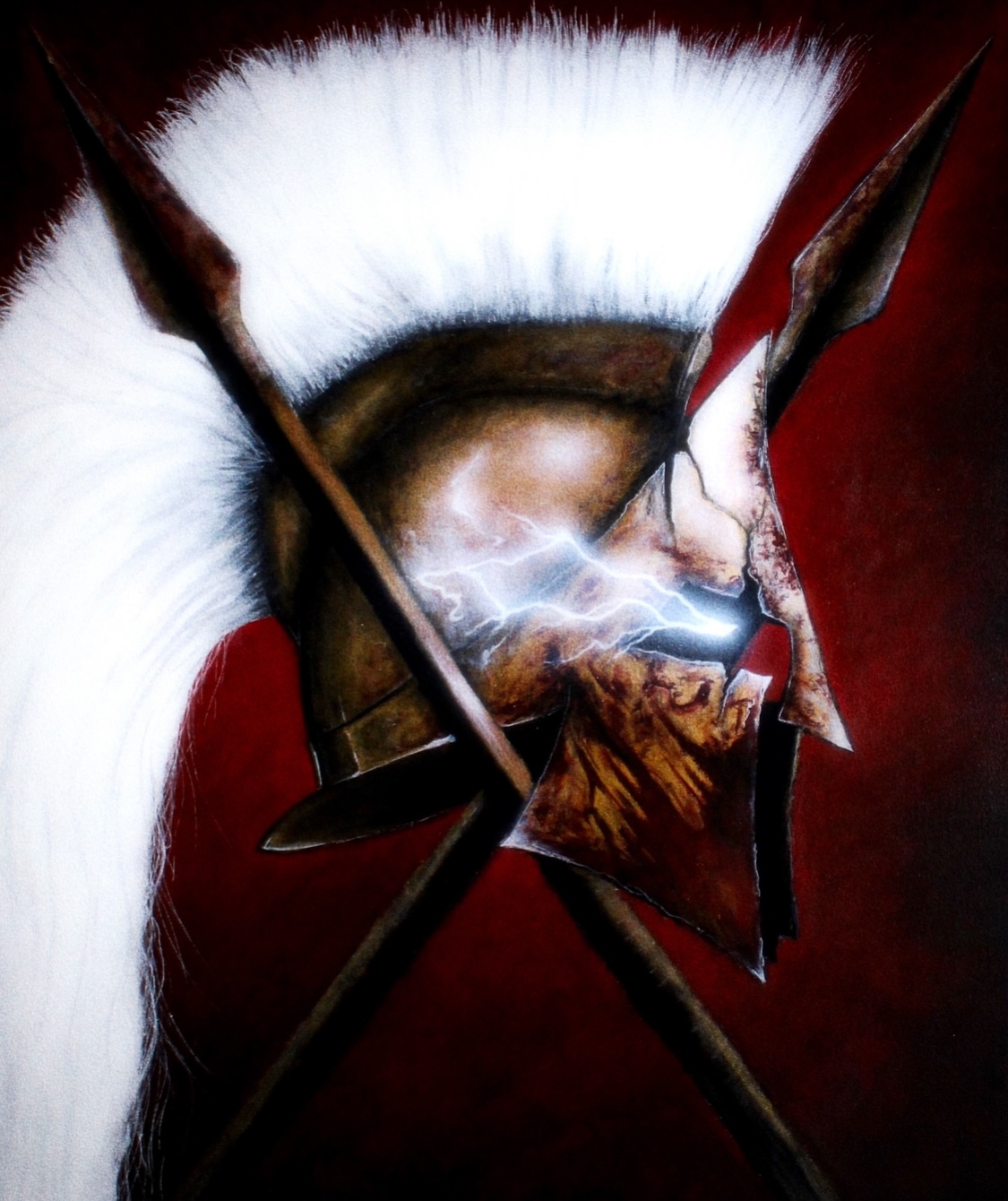The Zodiac: A Fascinating Exploration of the Celestial Bodies
- Mind Maestro
- Feb 2, 2023
- 3 min read
Take a trip through this cosmic roadmap

The concept of the zodiac is one that has captured the imagination of humanity for thousands of years.
Originating from ancient Babylon, the zodiac is a celestial coordinate system that divides the sky into twelve sections, each represented by a symbol of a constellation.
The stars in each constellation were believed to have a powerful influence on the lives of those born under them, and the study of the zodiac and astrology has been a part of human culture ever since.
But what exactly is the zodiac, and what makes it such a compelling subject for study?
To answer this question, we must delve into the history and science behind this fascinating concept.
The History of the Zodiac and Astrology
The Zodiac can be traced back to the Babylonians, who divided the sky into twelve equal parts around 2000 BCE. These parts corresponded to the positions of the sun, moon, and five known planets, and were each represented by a symbol of a constellation.
The Babylonians believed that the stars in each constellation had a powerful influence on the lives of those born under them, and they developed a system of astrology based on this idea.
The concept of the zodiac was later adopted by the ancient Greeks, who added their own ideas and interpretations to the system. The Greek astronomer Ptolemy, wrote extensively about the zodiac and its effects on human lives in his work "Tetrabiblos."

The Romans also embraced the concept of the zodiac, and astrology became a popular practice throughout the Roman Empire.
Despite its ancient origins, the study of the zodiac and astrology has remained relevant throughout the centuries.
Today, astrology is a popular subject, with many people consulting their zodiac sign to gain insight into their personality, relationships, and future. But what is the science behind the zodiac and astrology?

Science Behind the Zodiac
One key factor to consider is the position of the sun relative to the Earth.
The sun appears to move across the sky in a path that takes it through each of the twelve zodiac signs over the course of a year.
This path is called the ecliptic, and it is because of this path that the sun appears to be "moving" through the different zodiac constellations.
It is also important to note that the zodiac constellations are not actually equal in size. In fact, some of the zodiac signs, such as Scorpio and Sagittarius, are much larger than others, such as Cancer and Leo.
This means that the sun spends different amounts of time in each zodiac sign, which can have an impact on the astrological interpretations associated with each sign.

Popularity of the Zodiac and Astrology in Modern times
Despite these complexities, the zodiac and astrology continue to captivate people all over the world.
From the daily horoscopes read by millions to the more in-depth analysis of individual birth charts, the zodiac offers a unique and fascinating perspective on the human experience.

Of course, it is important to approach the study of the zodiac and astrology with a critical eye. While many people find value in the insights and predictions offered by astrology, at the end of the day, the zodiac and astrology are just one of many ways in which humans have sought to understand the mysteries of the universe and their place within it.
Whether you believe in the power of the zodiac or not, there is no denying that this ancient concept continues to capture the imagination and spark the curiosity of people all over the world for very good reason. It helps us understand who we are by comparison.
Conclusion: The Zodiac Allure
So, the next time you look up at the stars, remember the rich history and mysterious allure of the zodiac. Whether you're seeking insight into your personality, relationships, or future, or simply fascinated by the idea of celestial bodies influencing our lives, this cosmic roadmap offers a unique and thought-provoking perspective on yourself and the world around us.
So why not take some time to learn more about your own zodiac sign? Study the characteristics and traits associated with your sign, and see if you can find any connections or similarities between yourself and the traits described. You may be surprised by what you discover!

Zodiac Art | The Mind Maestro
Want a poster of your Star Sign?
These captivating modern zodiac art prints are perfect to fill your environment with personalised wall art. They are museum quality posters at affordable prices with free worldwide shipping, These modern zodiac wall art posters are ready to be yours.
_edited_edited.png)





Well, there's actually a 13th zodiac sign called Ophiuchus. It's not an officially recognized one, but it's located between Pallas in Aquarius and Sagittarius in the night sky. Pretty interesting that there's a hidden 13th sign out there!